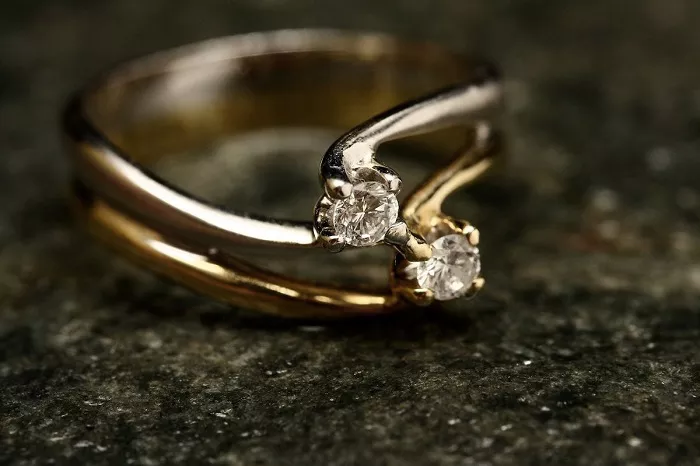The G7 has introduced new regulations that now apply to diamonds weighing 0.5 carats and above, reducing the previous threshold of 1 carat. This shift aims to tighten traceability requirements in the diamond trade, a move that has been welcomed by major industry players like De Beers.
De Beers has long maintained stringent standards for tracking the origins of its diamonds. Through its Best Practice Principles and Pipeline Integrity standards, the company ensures that its diamonds are verifiably sourced. These programs align with the newly expanded G7 import rules, allowing De Beers’ customers to comply without interruption.
In response to the G7’s decision, De Beers expressed support for the cooperative approach taken with the diamond industry and producing countries. The extension of the implementation period, along with provisions for “grandfathered” diamonds—those acquired before the restrictions on Russian diamonds—has been seen as a practical step.
As part of its commitment to enhancing diamond traceability, De Beers has expanded its Tracr blockchain platform, which now monitors over 2.6 million rough diamonds and 370,000 polished diamonds. This technology further strengthens the company’s ability to provide transparent sourcing.
“We fully back the G7’s efforts to limit the trade of Russian diamonds,” said De Beers Group CEO Al Cook. “We are committed to working alongside the G7, the diamond industry, and government partners to build an effective system that upholds the integrity of diamond sourcing.”
With this proactive approach, De Beers continues to position itself as a leader in transparency and ethical practices in the global diamond market.


